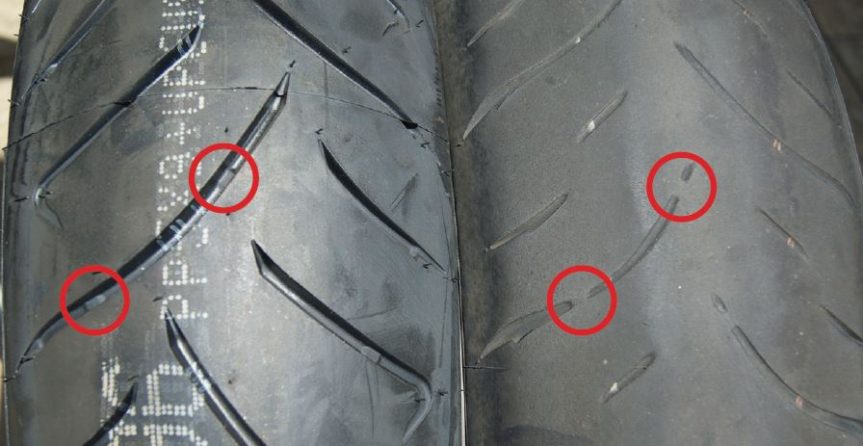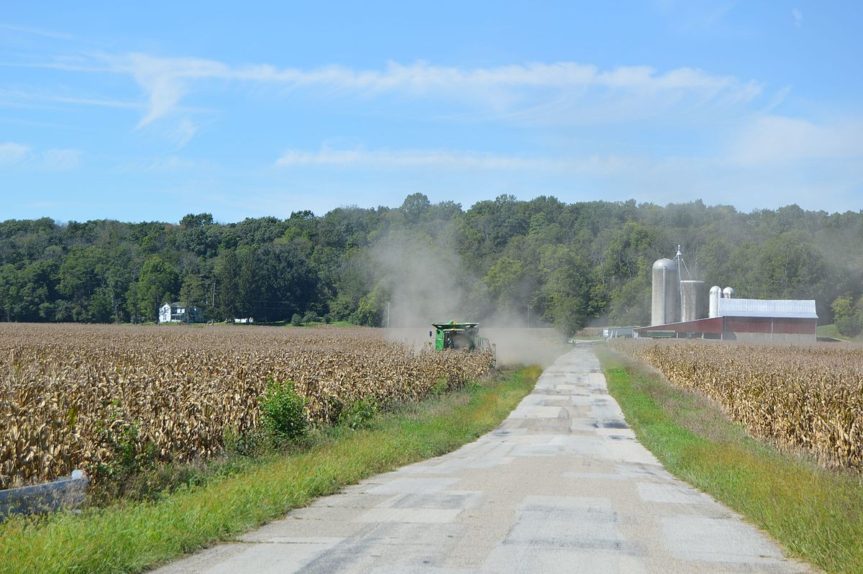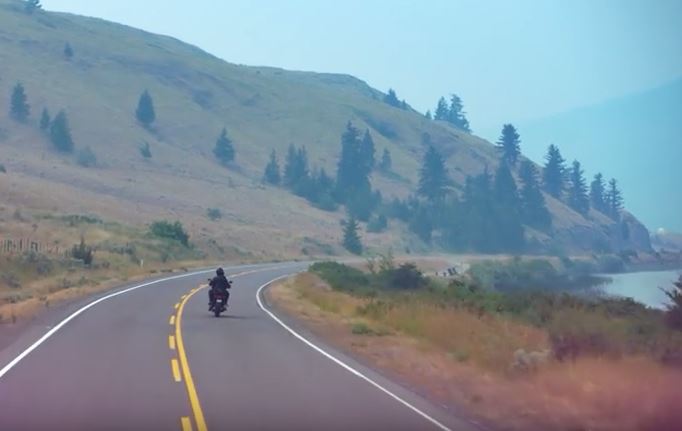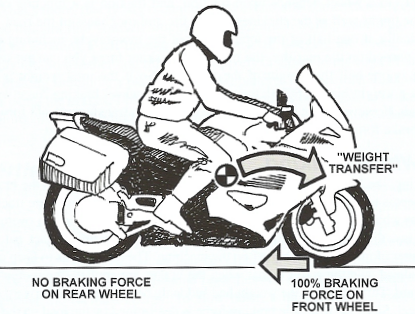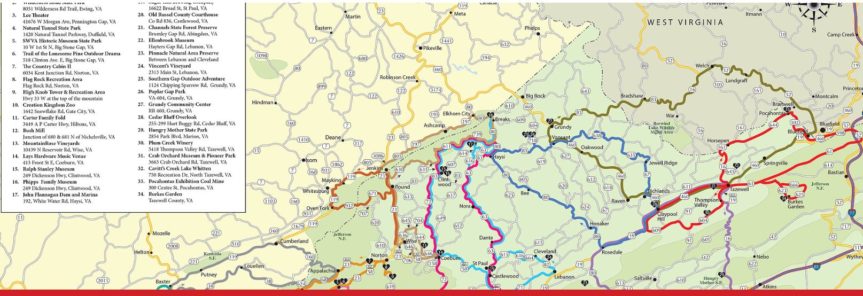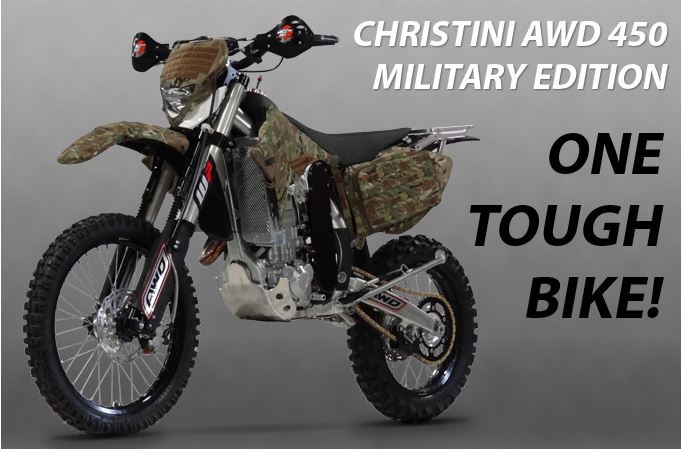By: Rich Gouin
Twas the night before Christmas when all through the garages
Not a motorcycle was rumbling, except for Santa Claus’
The leather was hung in the closet with care
In hopes that nice weather, soon would be there
Our bikes were all nestled snug in their covers
With visions of blacktop and burning up rubber
With momma in her bandana and I in my skull cap
We had settled down for a long winters nap
When out on the lawn, arose such a rumble
I sprang from the bed as I started to grumble
When what to my wondering eyes should appear
Was a pack of motorcycles, with riders and gear,
With one old driver so lively and quick
I knew in a moment it must be biker St. Nick
He was dressed all in leather, from his head to his foot
His clothes were all tarnished with bugs and road soot
A bundle of chrome he had flung on his back
Down the chimney he came, carrying a big red sack
He spoke not a word but went straight to his work
As he filled all the riding boots, then turned with a jerk,
And laying a finger aside of his nose,
And giving a nod, up the chimney he rose
He sprang to his motorcycle, to his team gave a sign
As they cracked there throttles and got into line,
Now Honda, Now Harley, Now Triumph, and Trike,
On Kawasaki, On Suzuki, On Yamaha and Victory,
But I heard him exclaim as he roared out of sight
Keep the rubber side down and have a good ride.
Merry Christmas to all and to all a good night!





